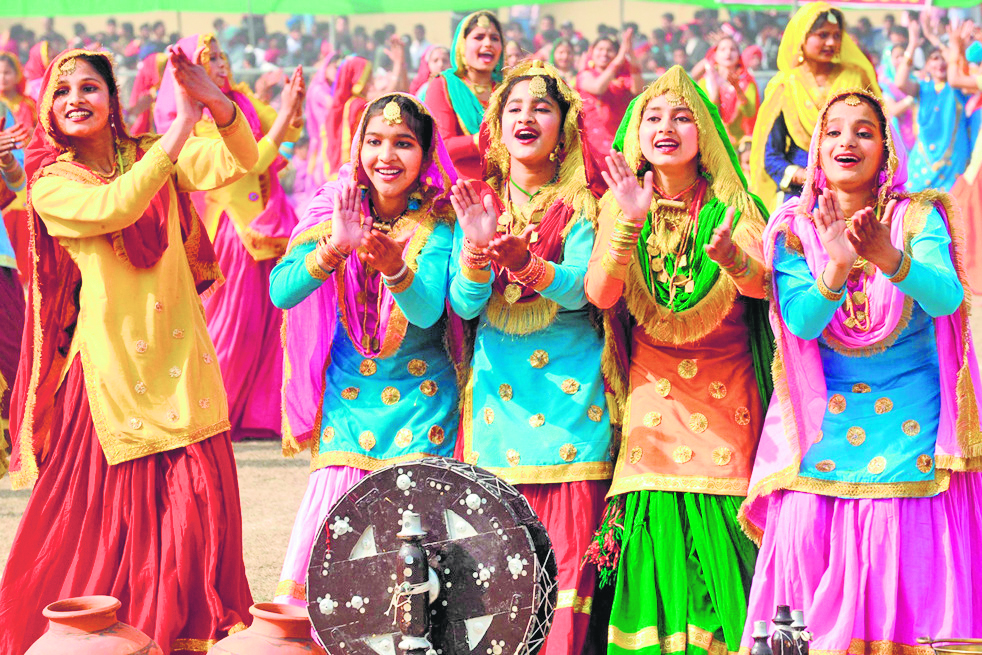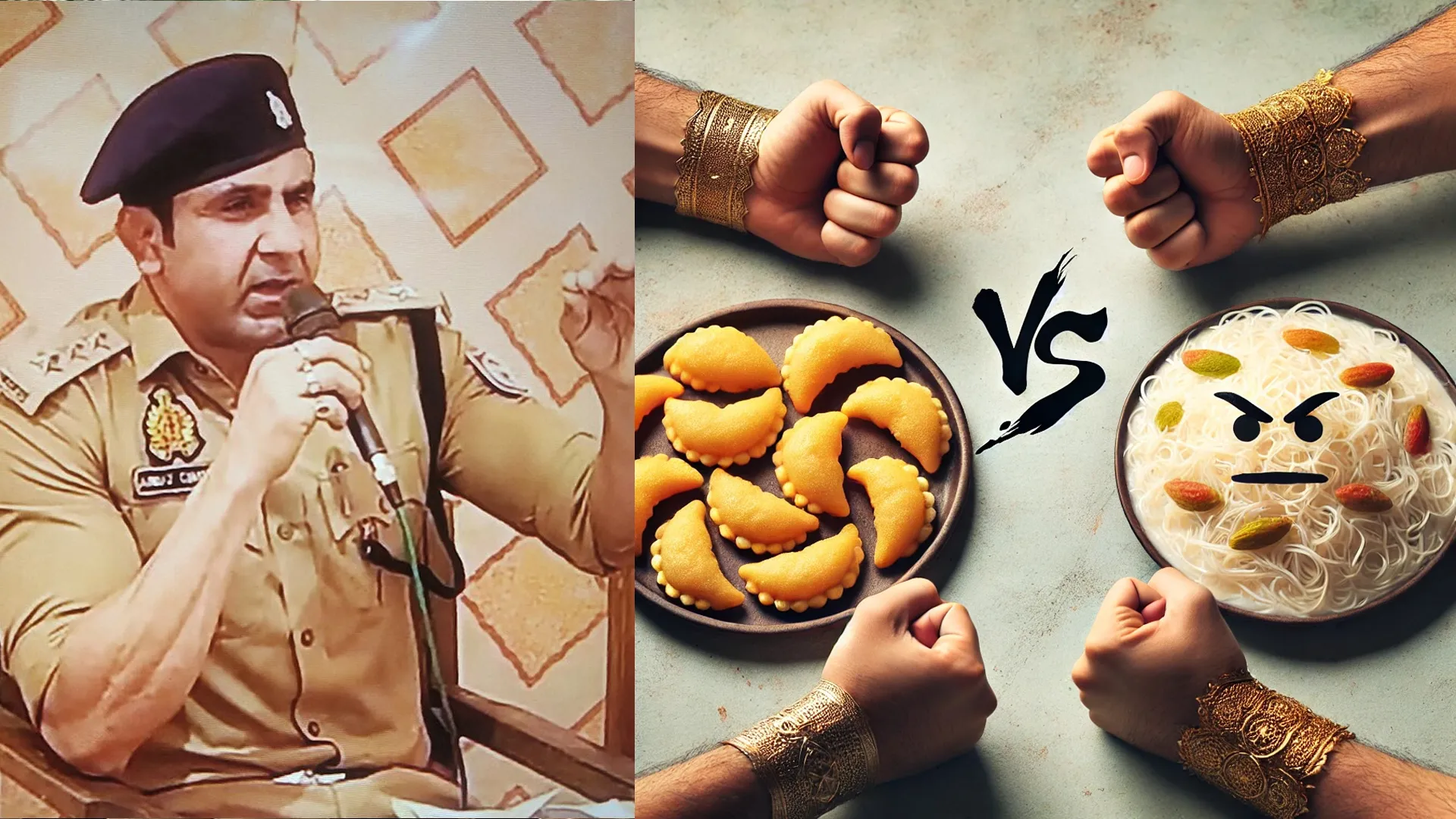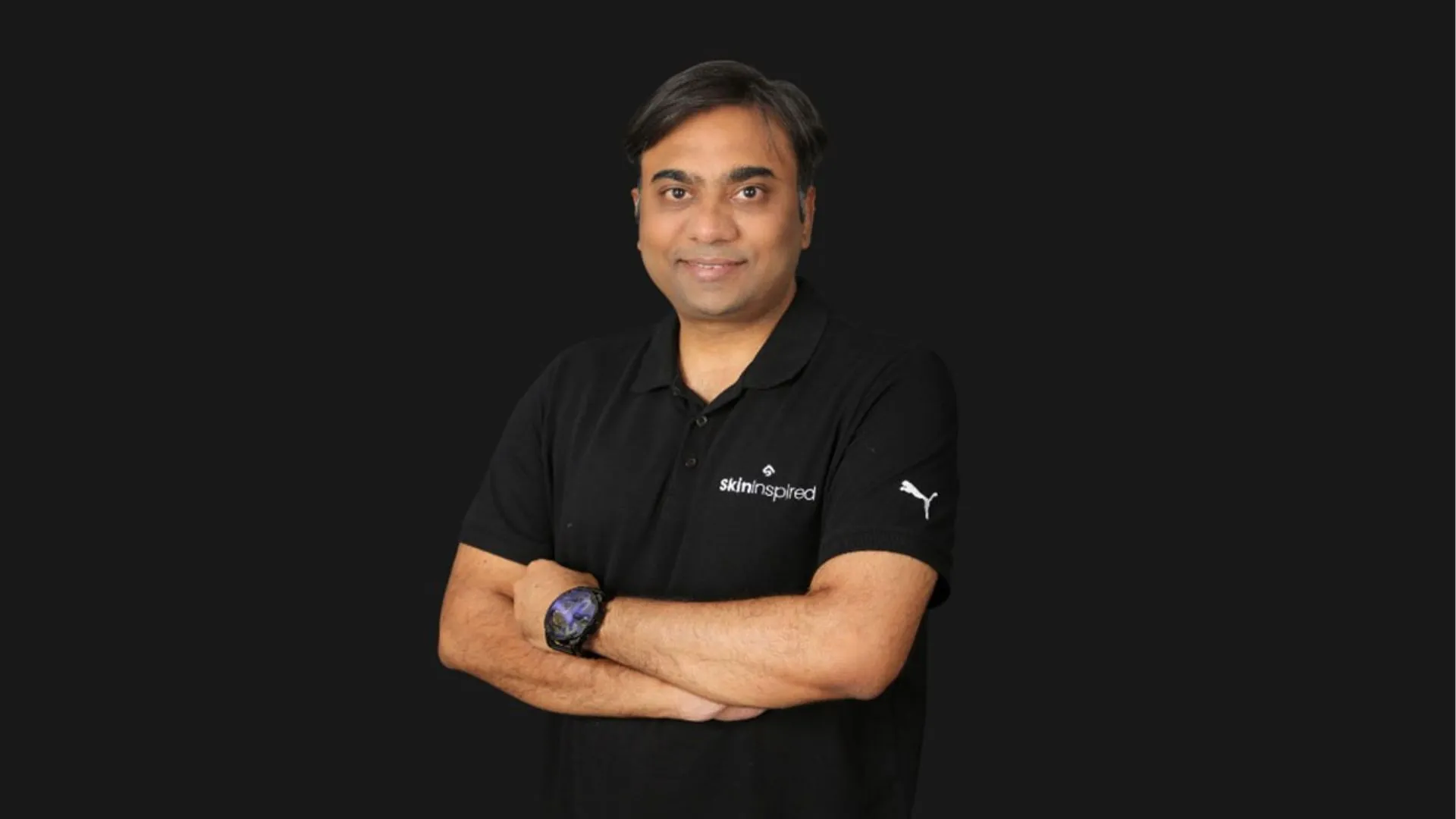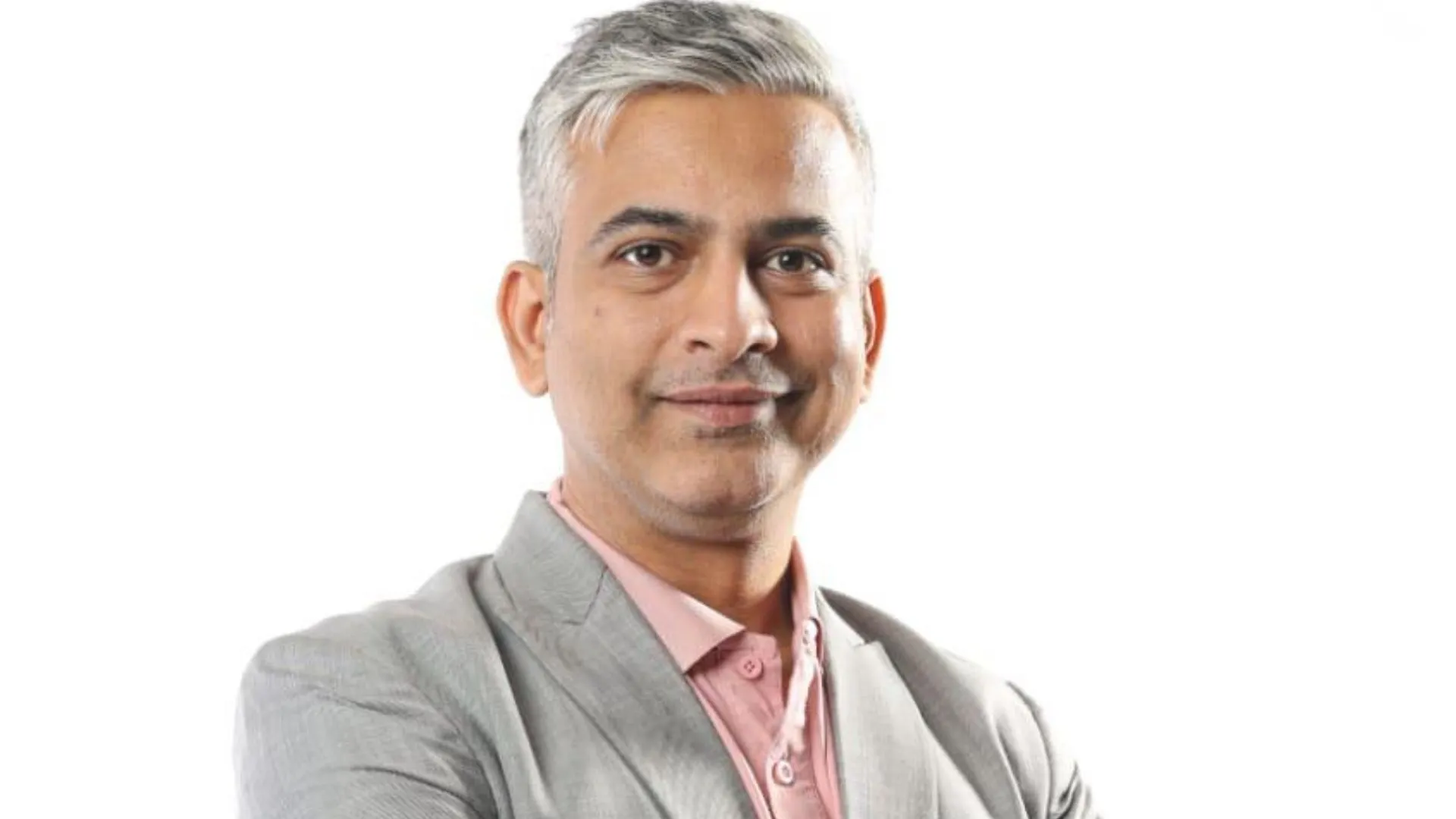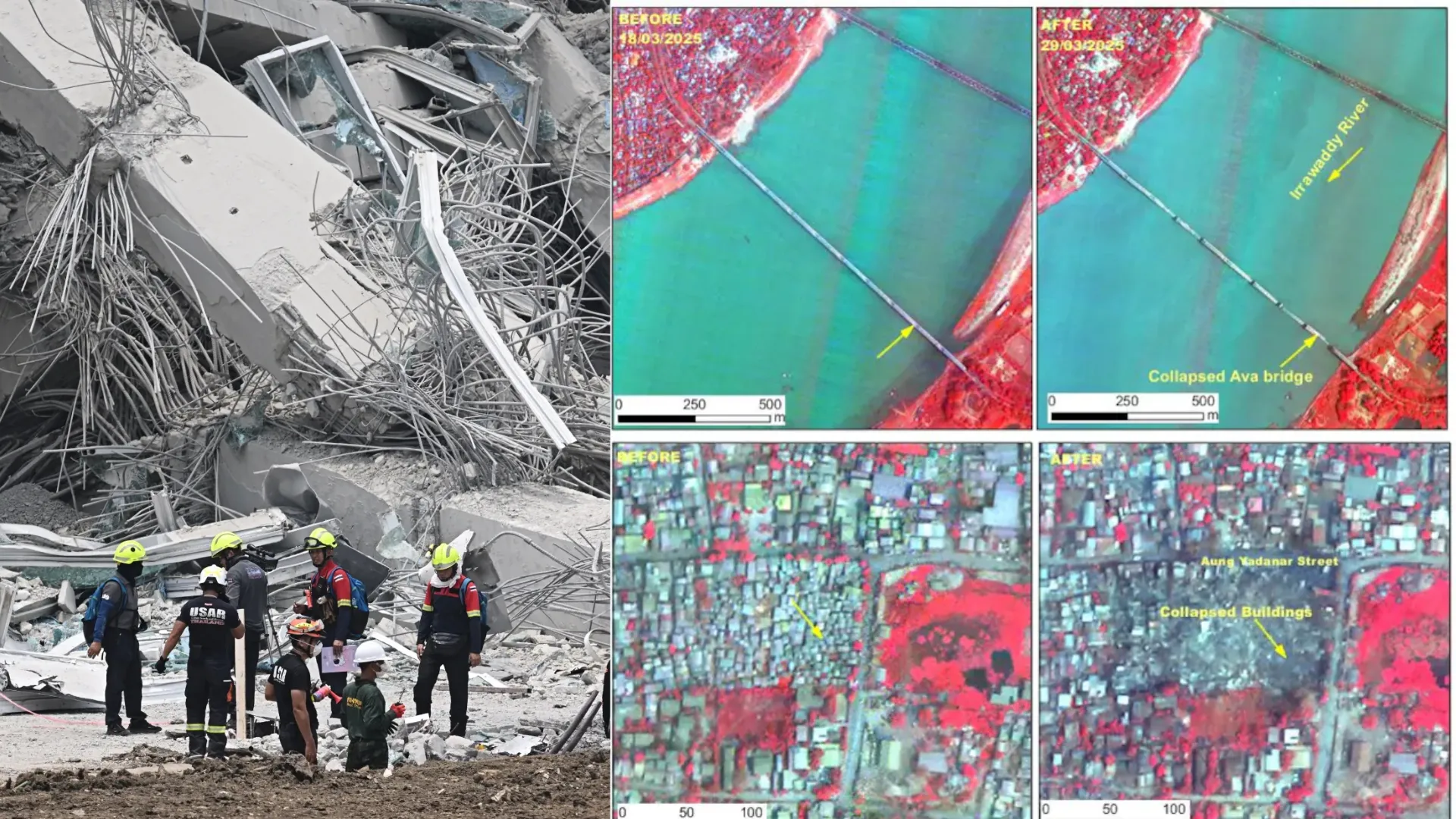The essence of Giddha in Punjab is a testament to the vibrant celebration of life, deeply rooted cultural heritage, and the unbreakable spirit of togetherness. This traditional Punjabi dance form encompasses a multitude of elements that together create a captivating and joyous spectacle, making it an integral part of various festivities, weddings, and cultural events.
Joyful Celebration: Giddha is, at its core, a dance of pure joy and celebration. It serves as a focal point during a plethora of occasions, injecting an infectious exuberance and happiness into the atmosphere. The lively and rhythmic movements of the dancers radiate positivity, setting the tone for a jubilant celebration.
Symbol of Togetherness: This dance form is a beautiful expression of unity and camaraderie among Punjabi women. As they come together in a tight-knit circle, Gidda becomes a symbol of togetherness, highlighting the strength that emerges from a closely knit community. The shared experience of dance fosters a sense of belonging and mutual support.
Expressive Movements: Expressiveness is at the heart of Giddha. Dancers engage in a variety of expressive movements, from rhythmic clapping to twirling and intricate footwork. The hands, feet, and body language of the performers convey a range of emotions, telling stories that resonate with the audience.
Traditional Attire: The visual spectacle of Gidda is heightened by the vibrant and colorful traditional Punjabi attire worn by the women. Bright Punjabi suits adorned with intricate embroidery create a visually stunning display, adding to the overall allure of the dance.
Folk Songs and Boliyan: Accompanied by lively Punjabi folk songs and Boliyan, Giddha becomes a dynamic and engaging performance. The combination of energetic dance movements synchronized with rhythmic singing brings a cultural richness to the forefront. The lyrics often narrate tales of daily life, love, relationships, and cultural anecdotes.
Narration of Stories: Giddha is not merely a dance; it is a medium for storytelling. The lyrics of the accompanying songs weave narratives of life’s experiences, conveying messages of love, resilience, and cultural pride. The dancers skillfully use expressions and gestures to bring these stories to life, creating a captivating performance that resonates with the audience.
Cultural Heritage: Deeply rooted in the cultural heritage of Punjab, Giddha serves as a living embodiment of traditions, customs, and values. It is a means of passing down the rich cultural tapestry from one generation to another, preserving the essence of Punjabi heritage.
Expression of Femininity: Giddha provides a platform for women to express their femininity through graceful movements and traditional attire. It is a celebration of womanhood, allowing individuals to showcase their talent while embracing their identity with pride and elegance.
Global Appeal: While deeply embedded in Punjabi culture, Giddha has transcended regional boundaries to gain global appeal. Its infectious energy and cultural significance have made it a favorite at cultural events worldwide. The universal themes of joy, unity, and celebration resonate with diverse audiences, transcending linguistic and cultural barriers.
Community Bonding: Beyond its role in individual celebrations, Giddha fosters a profound sense of community bonding. Whether performed during local festivities or on the global stage, the dance brings people together, creating shared experiences and fostering a deep sense of pride in one’s cultural roots.
In essence, Giddha is not just a dance form; it is a celebration of life, culture, and the enduring bonds that connect the women of Punjab. Passed down through generations, it remains a cherished tradition, celebrated with enthusiasm and fervor, symbolizing the resilience, joy, and cultural richness of Punjab.

